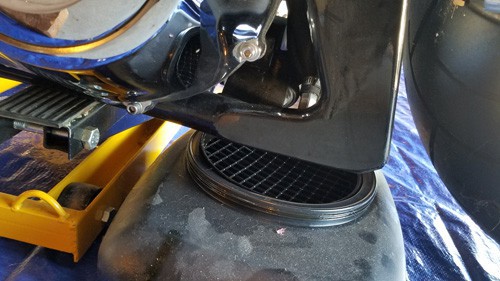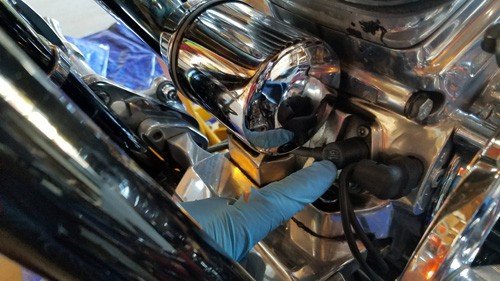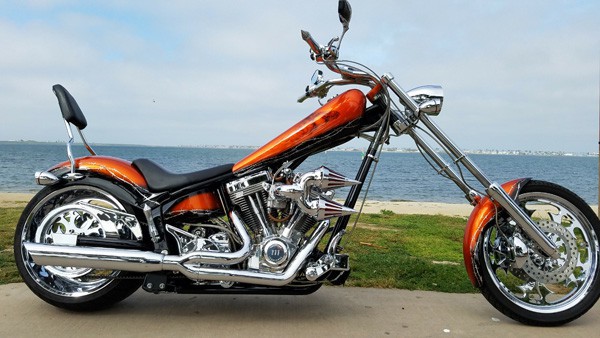Motorcycle Synthetic Motor Oil – Worth the cost?
Motorcycle Synthetic Motor Oil
Although this video applies to automotive synthetic oil, the principles and conclusion drawn are equally applicable to motorcycle engines. I think this one video answers the ongoing question of if it’s worth the additional cost to put synthetic motor oil in your motorcycle.
The viscosity of an oil is its resistance to flow. A greater viscosity means more resistance to flow, or a thicker oil. A lower viscosity means a thinner oil.
Before understanding the benefits of synthetic motor oils, like this Pennzoil Platinum derived from natural gas, we first need to understand the rating system used for motor oils. You’ll often hear 5W-30, or 0W-20 as ratings used in cars today. These are multi-grade viscosity oils, meaning their viscosity grade changes with temperature. The first number, followed by a W, is the cold rating (W stands for Winter), and this means the oil behaves like an SAE 5 grade motor oil (using 5W-30 as the example) while cold, but at operating temperature, at about 100 degrees C, it operates like an SAE 30 grade motor oil.
Motorcycle Synthetic Motor Oil
Now 30 is higher than 5, so initially it may seem that the oil would get thicker at higher temperatures, which is obviously not the case. A straight SAE 30 grade oil will be thicker at lower temperatures, as will a 5 grade oil. Even though a 30 weight oil is thicker than a 5 weight oil, at 100C the 30 weight will be thinner than a cold 5 grade oil.
Low viscosity at low temperatures is important, because this is where a significant amount of engine wear occurs, so it’s critical to maximize oil flow to protect the engine. At colder temperatures, thinner oils will flow better and thus offer better protection.
For a conventional oil, for example while creating a 5W-30 oil, you’ll start with a base oil similar to an SAE grade 5 motor oil, and include additives to alter the viscosity rating. To improve low temperature flow, pour point depressants (PPDs) are added. To increase the viscosity at high temperatures, viscosity index improvers (VIIs) are added. VI improvers are polymers which expand in heat, making it more difficult for flow, thus increasing the viscosity.
Synthetic oils, however, can have base oils which are already formulated as a multi-grade oil, meaning you don’t necessarily need additives, or as much additives, to alter the viscosity at different temperatures. The major benefit here is that additives tend to break down over time, so synthetic oils will maintain their original viscosity properties much better throughout the engine oil drain interval versus conventional oils.
If you were to plot two 5W-30 motor oils, one conventional and one synthetic, at the beginning of the oil change interval, they would have similar viscosity properties. At the end of the interval, however, the synthetic would act nearly identical to the original oil, while the conventional oil would be thicker at low temps, and thinner at high temps.
Now does this mean that with synthetic motor oils you can extend your engine oil drain interval? No! It just means your engine is better protected throughout the engine oil drain interval. There are still additives (anti-wear, dispersants, anti-foam, detergents, rust inhibitors, corrosion inhibitors) which wear out over time, so you should always change at whatever interval your owners manual suggests.
Motorcycle Synthetic Motor Oil




















